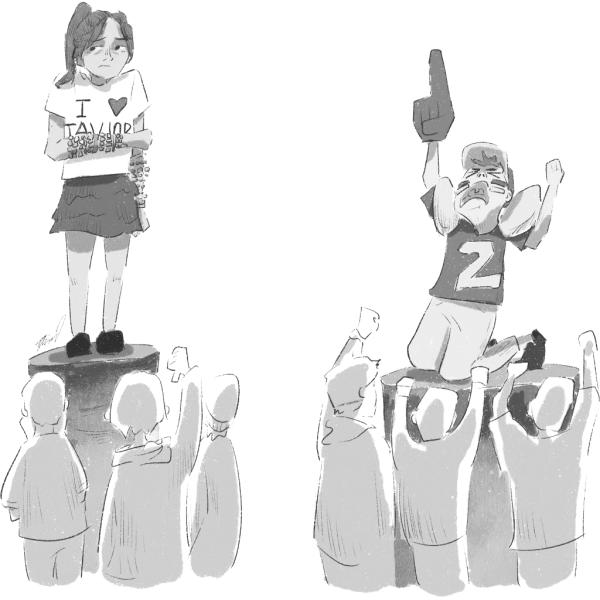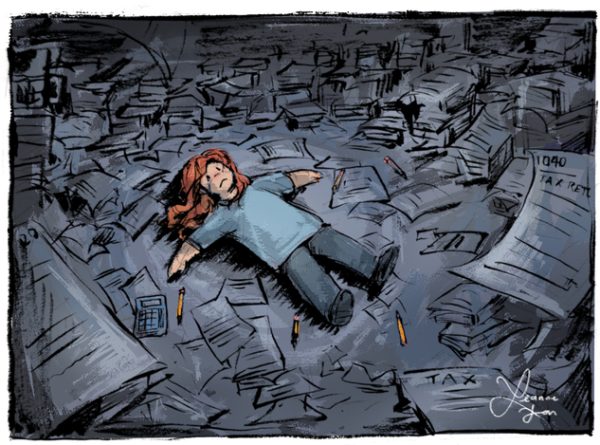California deserves public transit
January 28, 2022
“Let’s go to UTC this weekend after finals,” a friend said. “Hey, wanna go to Mira Mesa to watch the new Spider-Man movie?” “Let’s go to La Jolla Shores after practice on Friday!”
Awesome, love the ideas, can’t wait to go. Except for having to endure the grueling hassle of begging my parents to drive me, them saying no, me bargaining with them about how I’m responsible, it’s safe to go out, etc., more arguing, and finally, a negotiation that ends in compromise. Something like the five stages of grief, but for going out.
If I was still living in the Philippines, this wouldn’t be a problem, as public transportation there is easily accessible. Just by the raise of a hand, taxis, small buses called Jeepneys, and even bikes with sidecars appear in an instant to pick you up.
In my time in the U.S., my “public transportation” consists of me sucking up to one of my friends who has a car to drive me around.
At first, I thought that the problem was that interesting meet-up spots or entertaining places to go to were simply too far from where we lived. It seemed that basically nothing interesting was around our area because it’s mostly just homes, gas stations, and grocery plazas.
I then realized that there are indeed a lot of locations such as the beach, malls like UTC, and even the streets of Mira Mesa were all great places to go. The problem for me has always been finding a way to get there.
So in reality, the problem itself lies within our city and I came to the undeniable conclusion that public transportation in San Diego is not the greatest.
According to an article by Vox writer Joseph Stromberg, “historically, other countries combined suburbs with better transit,” like Australia and Argentina that have suburban railways.
There are indeed metro stops for buses around the area that we live in, but they are not really used or the first option that is brought up or thought of when talking about transportation.
They aren’t in the most convenient locations and are hardly visible in the residential-heavy areas. The biggest concern I’ve heard from my parents regarding MTS is that it is “not safe.”
Uber and Lyft are the other options available, but the prices are absurd and ridiculous, a trip from Rancho Bernardo to Mira Mesa being $16 to $17 for a under ten miles.
There are MTS trolleys and trains as well, which do an exceptional job of transportation at an arguably affordable price, but none are currently located near the vicinity of our homes.
It got me thinking, “Could there be a better method of transport for our area?”
The answer is yes, there are better methods. We have two potential solutions, one being adding new transportation methods and the other being refining current ones.
Going back to the metro stops, if more stops and buses were implemented, especially in the residential area where it is lacking, a lot more people would use the transit system, especially benefiting those who are unable to drive or want to save gas money.
The other option would involve constructing a railway or subway, which would be considered expensive and costly, but in the long run would benefit the economy for years to come. This solution would also provide a stable transport system for people who need it.
Implementing the transit upgrades to solve this predicament is actually quite challenging. It involves infusing a lot of government money into infrastructure and implementation of systems that would add more transportation options.
Sure it’s not a pivotal change that could alter our society but still is a change that would make things easier and benefit the population that doesn’t drive.
Another benefit of both of the options, whether it may be a subway or more buses, would be a reduction in our country’s carbon footprint, as the biggest contributor is self-driving.
So not only will it save the money of people, boost the economy by providing jobs, and give an ease of transport but will also lessen our impact on carbon emissions.
Action and efforts need to be taken as the shortcomings of San Diego’s lack of transit in the suburban setting have been a problem for many years and nothing’s really changed. “We pay for more transit and get less far,” which Stromberg summarized back in 2015, foreshadowing the current situation today.
It’s evident that the situation has been prevalent for many years and still remains a problem in San Diego today.
In combination with the inconvenience of stops and limited transportation, an increase in either one, or even both, will be a huge benefit to the population as a whole.
Any form of extra and new transportation, as well as improvements to the current ones in our area will prove a boost in economy as it will provide more jobs, ways for passengers to get to their destination and potentially spend money, lessen our carbon footprint, as well as the biggest benefit: saving others like me from the scolding of our parents on where to drive us next.







